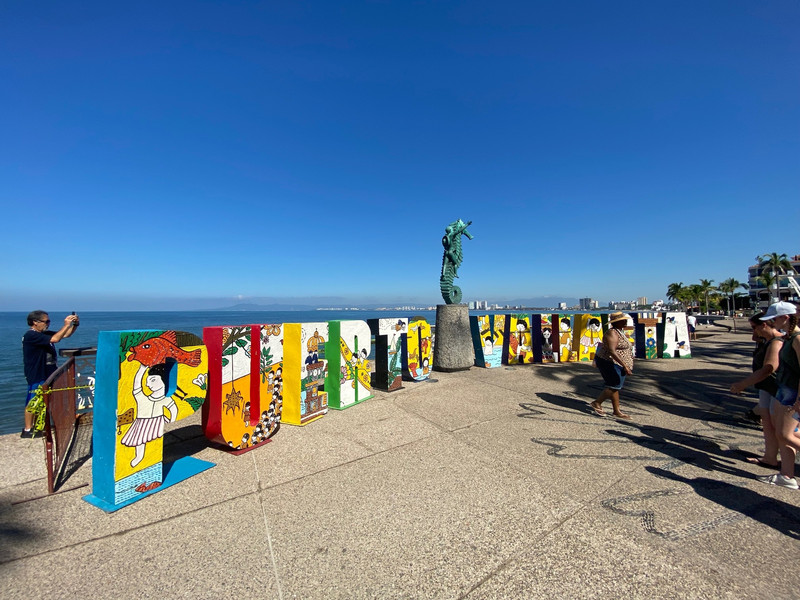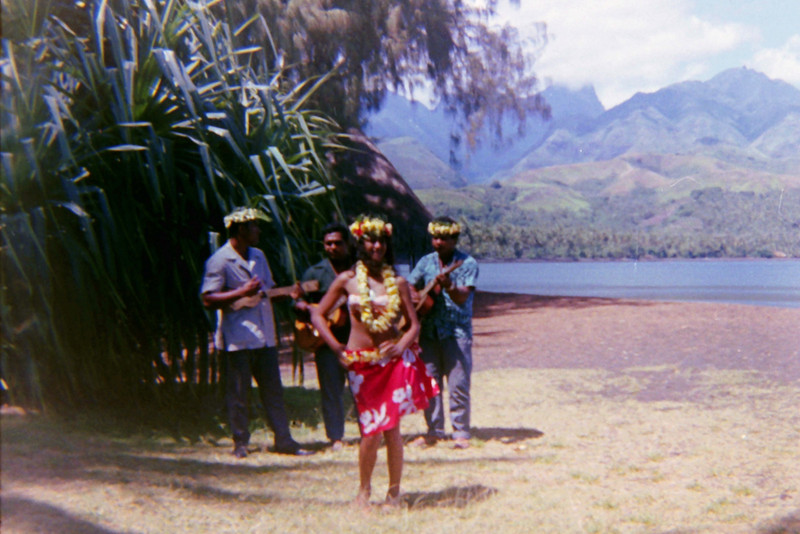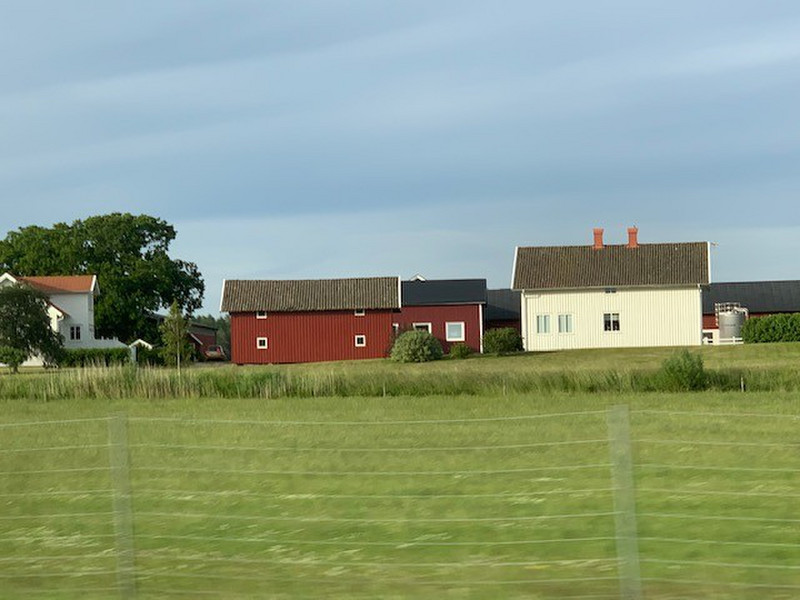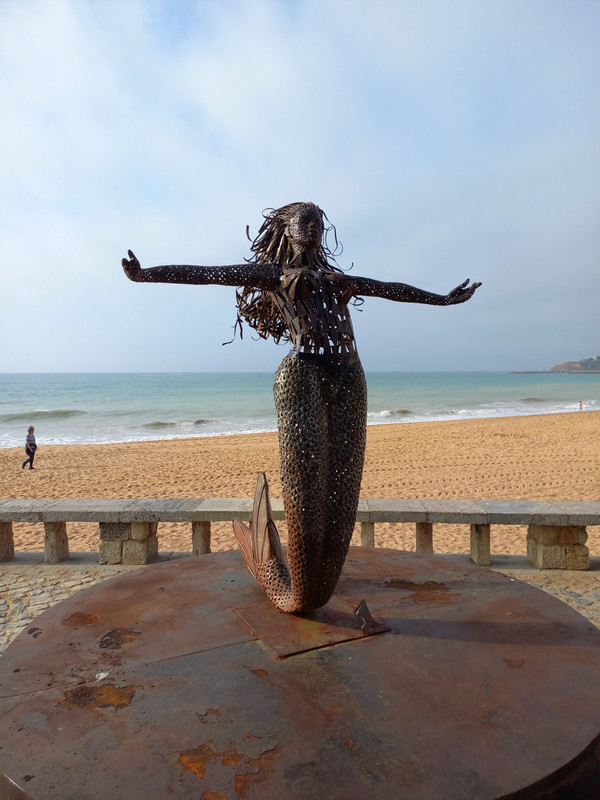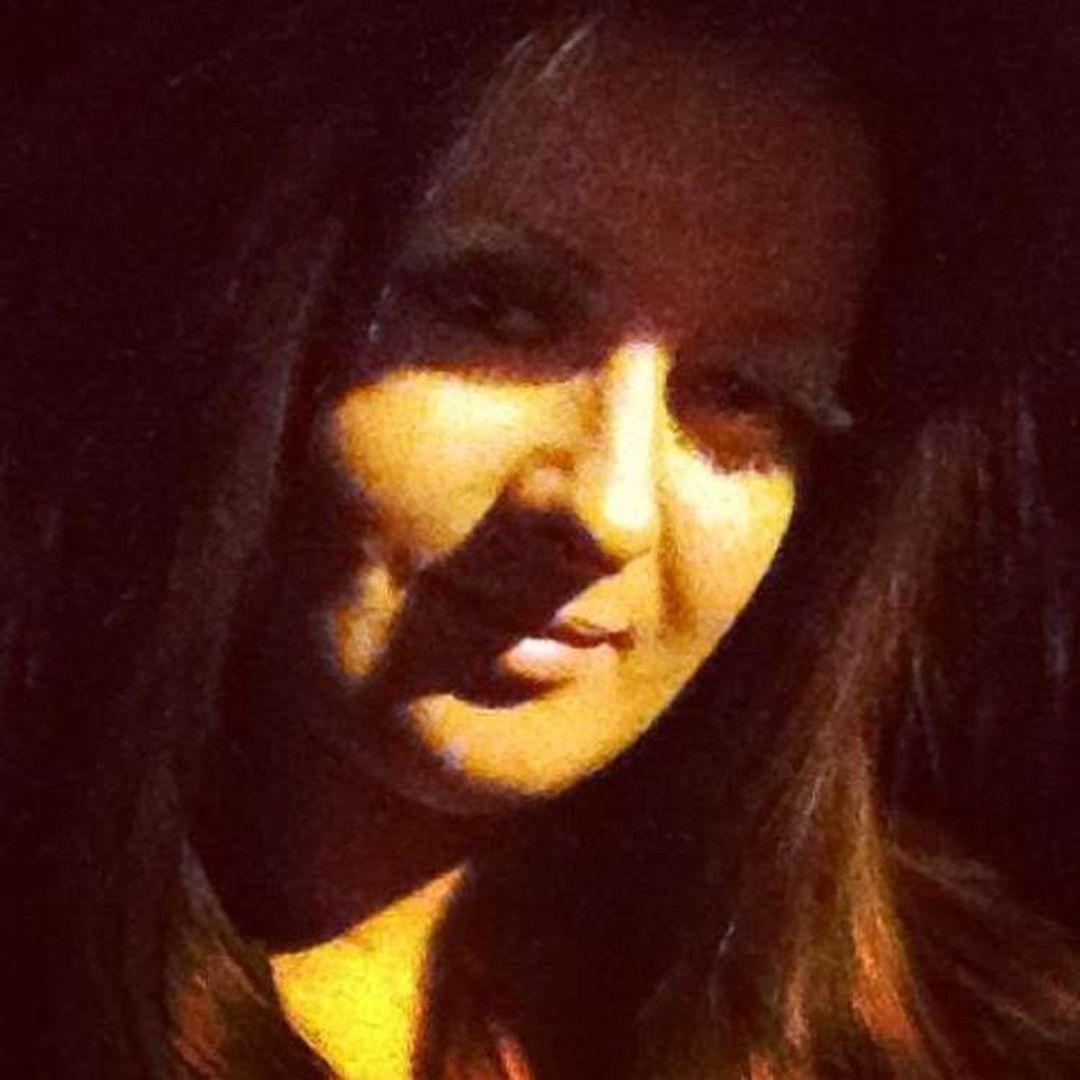Alexander Column in Palace Square. The column is named for Tsar Alexander I, who reigned from 1801–1825. Installed in 1834.EE1975031
We reached Finland Station and Leningrad at about 9:30 a.m.. Finland Station is famous for being the station through which Lenin returned to Russia from exile in 1916. After disembarking we walked the length of the train to the exit. A green electric was at the head end. Inside the station, the steam that powered Lenins train was on display. Prominently on display outside was a statue of Lenin at the exit. They have him everywhere someone said. But I knew the whole story and was sure the statue was there the role the station had played in the Revolution.
We met our Intourist guide at the entrance to the station. Masha would keep close watch on us during our stay and made sure no one strayed. That as the way it was through Eastern Europe in this era. Visitors were but you were not free to wander about on your own.
In 1975, St. Petersburg was Leningrad. But the Soviet regime had preserved all of the famous sights of Peter the Greats Window on the West. Some
General Staff and Ministries Building. Connecting the East and West wings is the Triumphal Arch, topped by the Chariot of Glory. The six horse chariot is a seiugis or seiuga. Palace Square. EE1975032
of the buildings, churches in particular, had been repurposed as museums. (Typically as museums of atheism.) It was most interesting to note the way the Soviets preserved Russian and Imperial history in the historic city. At the Peter and Paul Fortress, our Intourist guide was quick to point out the Tsars buried in the Cathedral of Saints Peter and Paul. (Though, when someone asked if the last Tsar was also buried there, she replied with a simple but definitive No.)
We visited both State Russian Museum and the Hermitage Museum. The State Russian Museum is the collection of Russian art while the Hermitage is the collection of world, primarily Western, art. I recognized several of the 19th century Russian paintings as having been used as album cover art for the series of classical LPs. It surprised me very much to find that there was no climate control in the State Russian Museum. Windows of the former palace were wide open, admitting the warm summer air and allowing daylight to shine directly on the paintings.
One of the remarkable sights in Leningrad that I also enjoyed again in St. Petersburg in 2016 are the two Rostral Columns on
The two Rostral Columns flanking Birzhevaya Square date to 1811. They were intended to serve as lighthouses and originally were topped by a light in the form of a Greek brazier and lit by oil. In 1957, the tops of the columns were fitted with gas torches that continue to be lit on ceremonial occasions. EE1975025p1
the Neva. They were designed as navigational beacons in 1810, with allegorical figures representing Russias rivers.
A curious item that I did not find in 2016 was the flavored carbonated water (gazirovannia voda) vending machines. In 1975, such vending machines appeared to be very popular and were to be found on every street corner. The curious thing about them to a Westerner was glass the used. Everyone used this same glass, attached to the machine by a metal chain. Users could wash out the glass in the vending machine before dispensing their beverage, but still!

